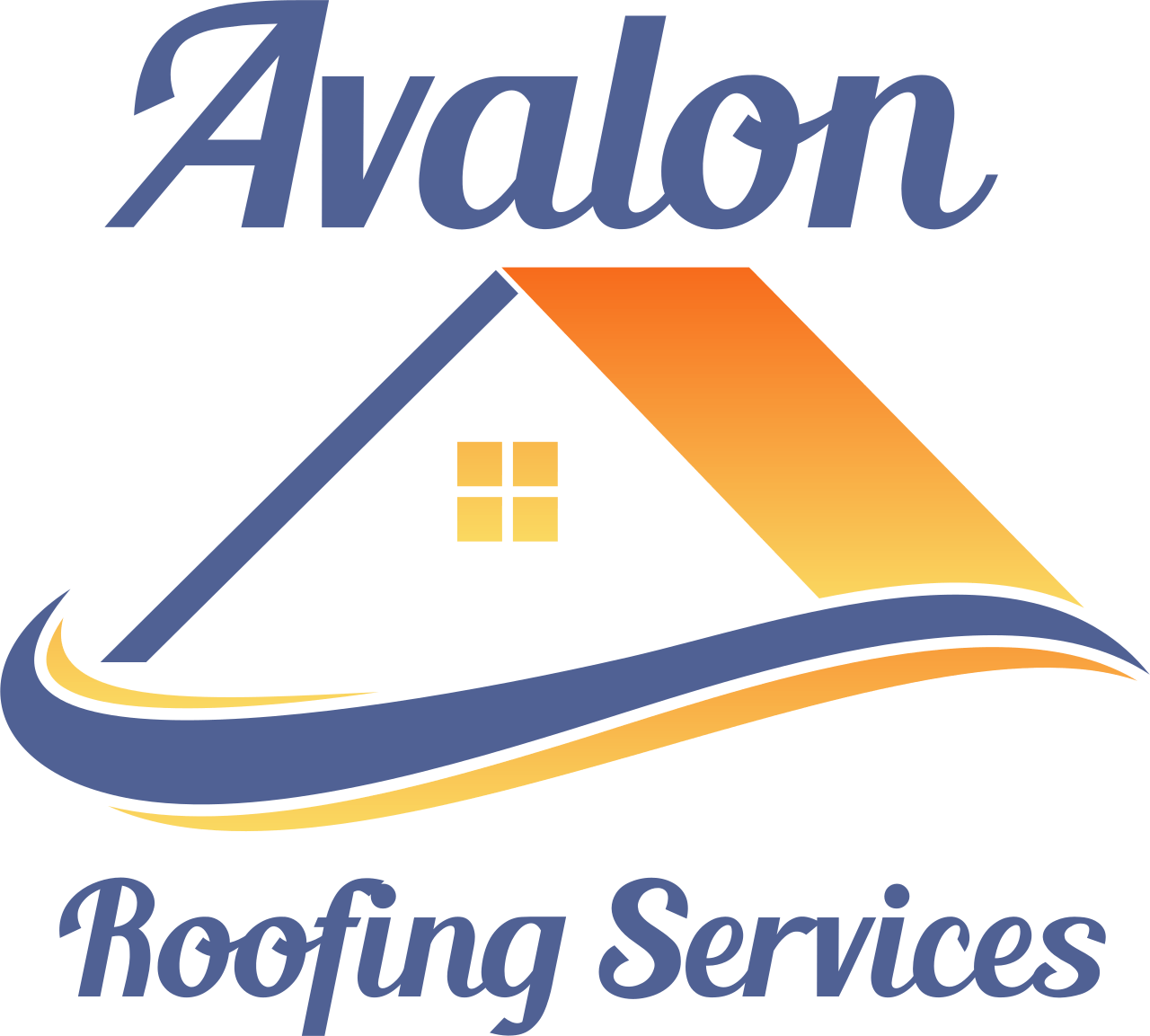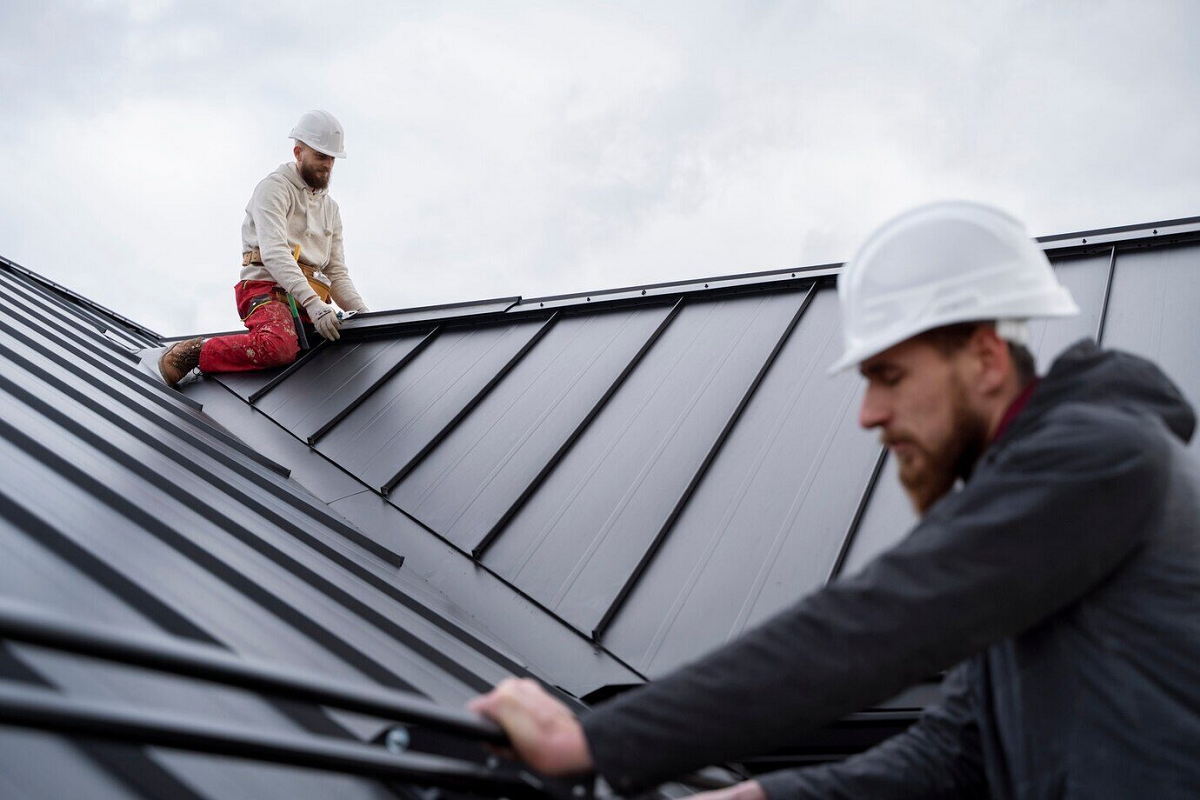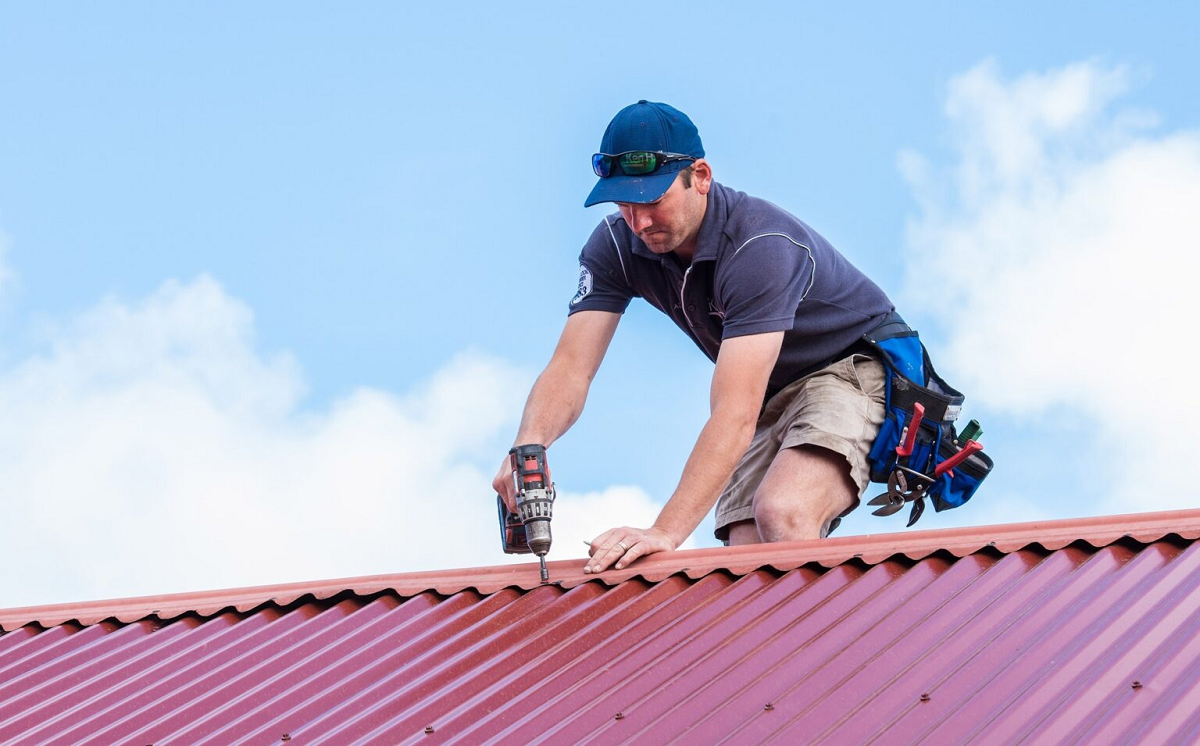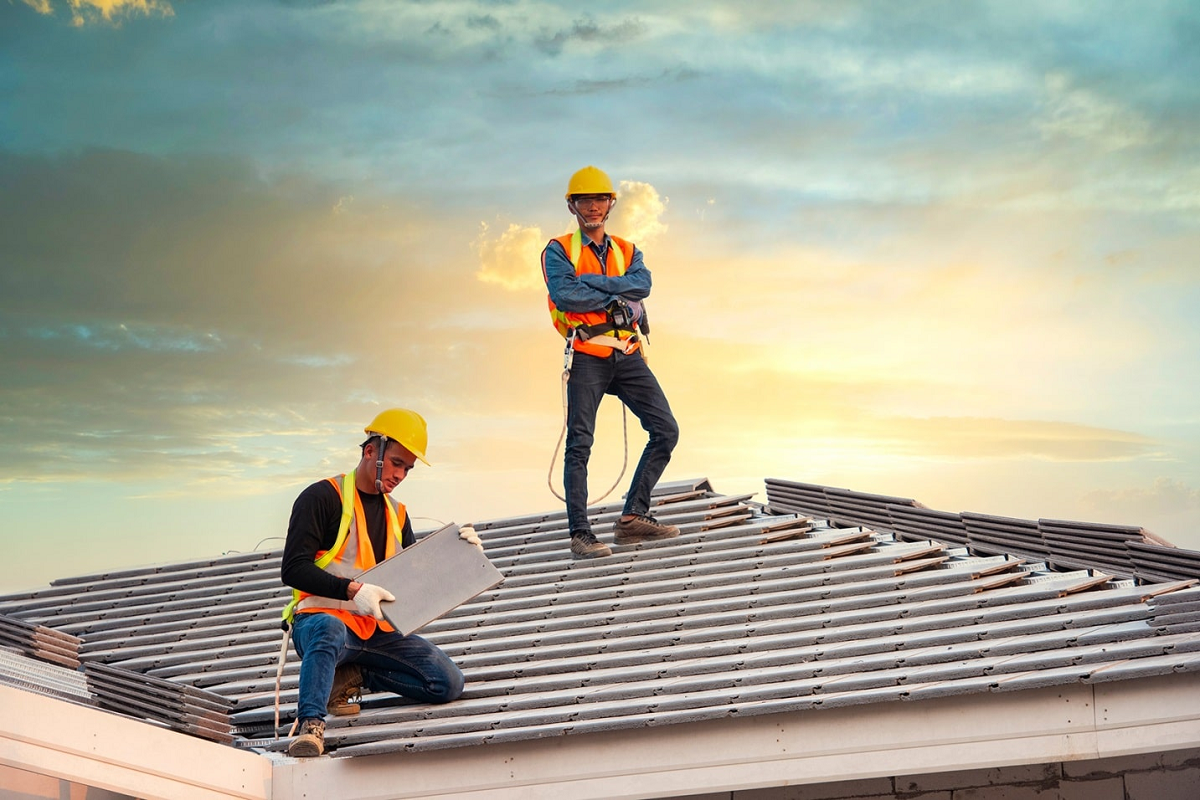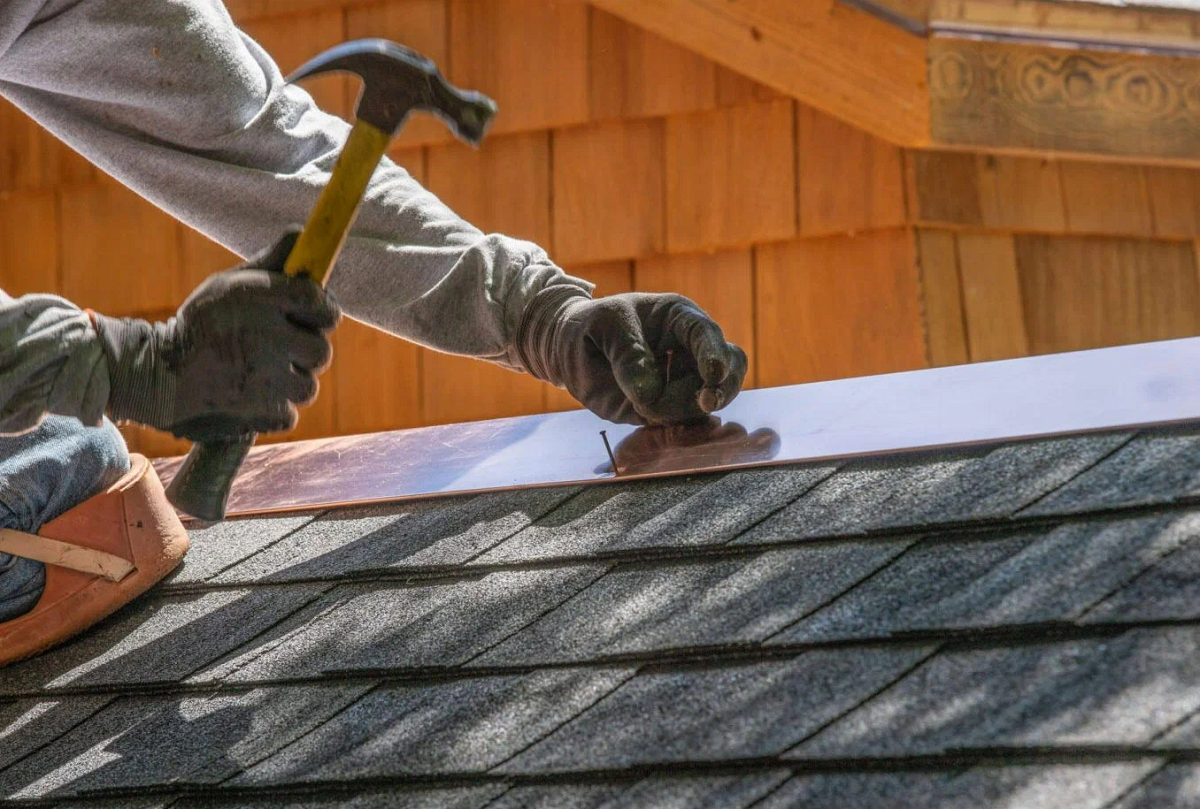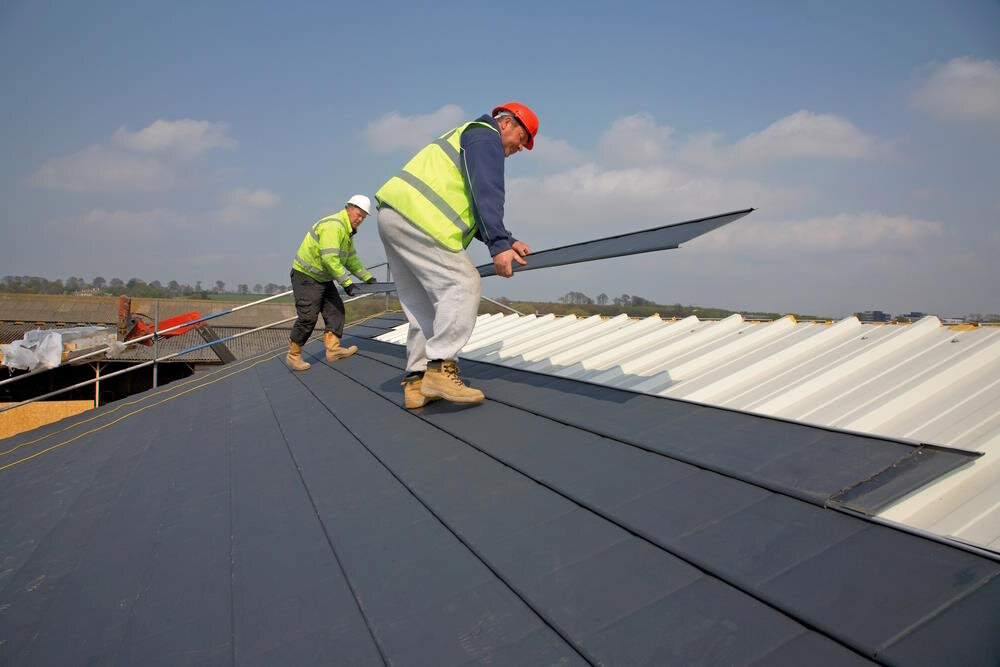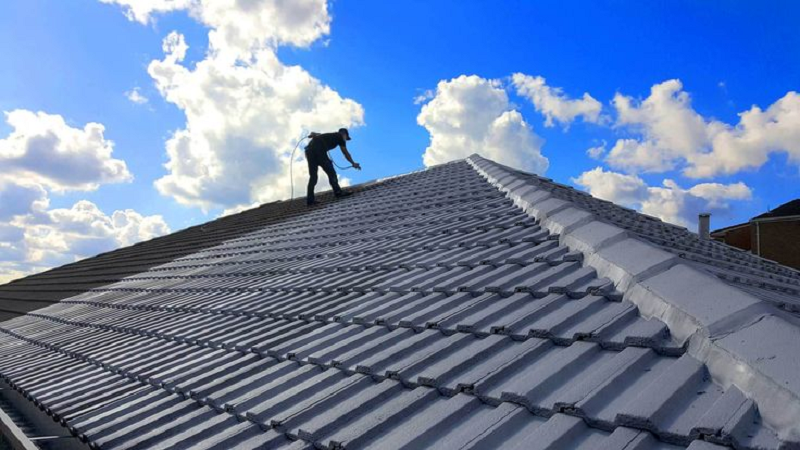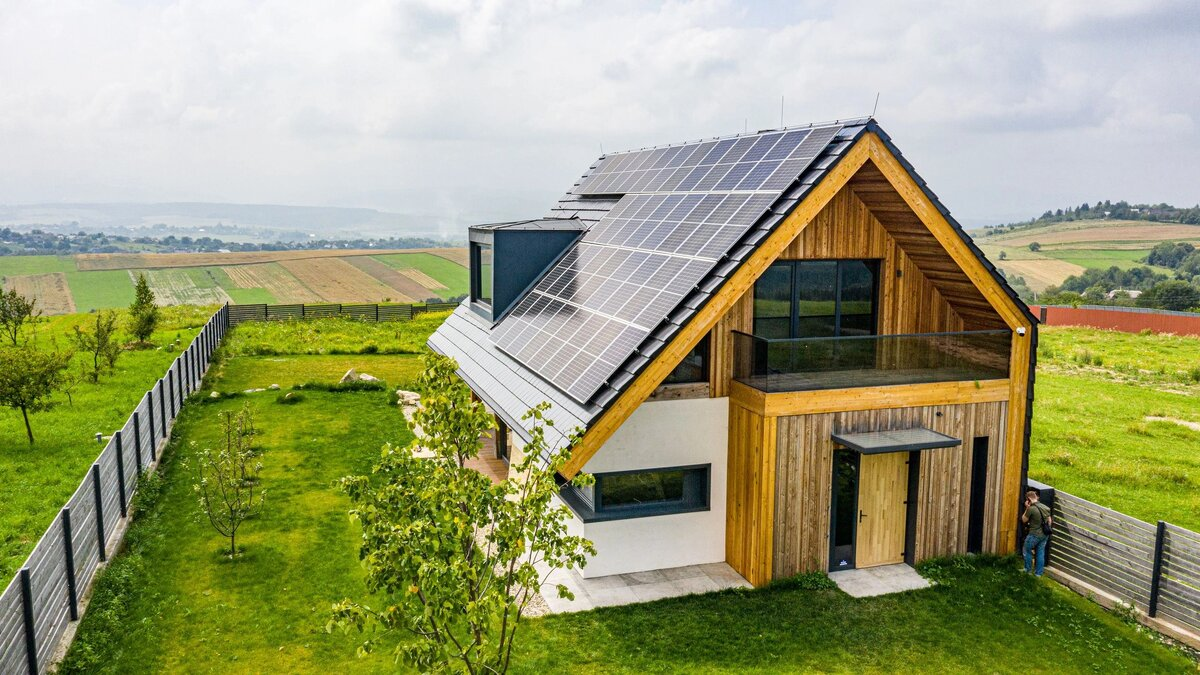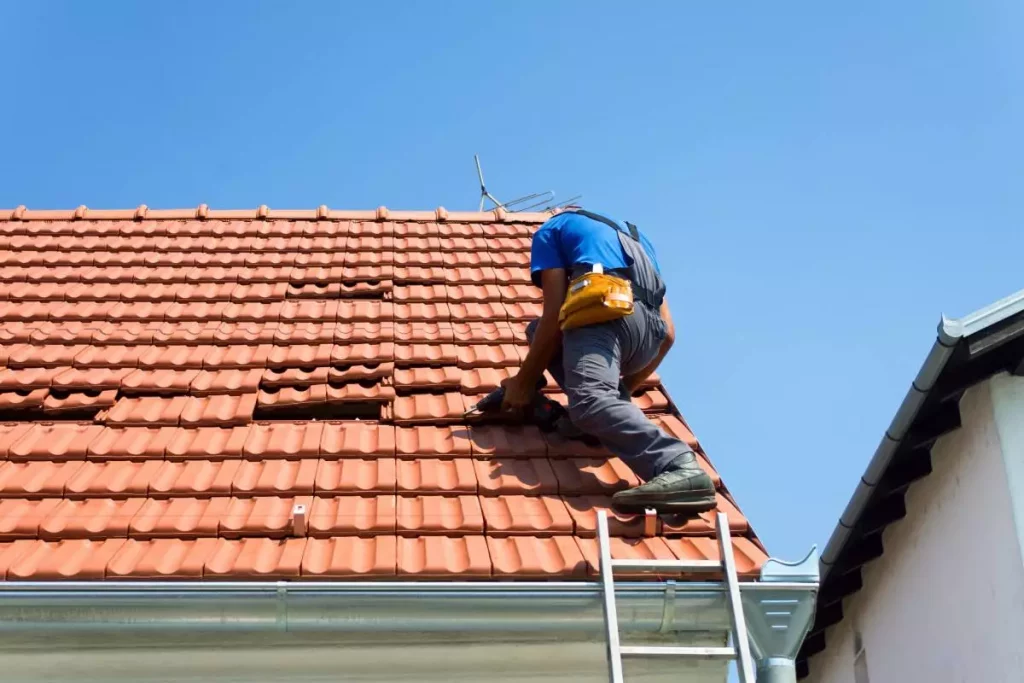Comparing the Installation Process of Different Roofing Materials
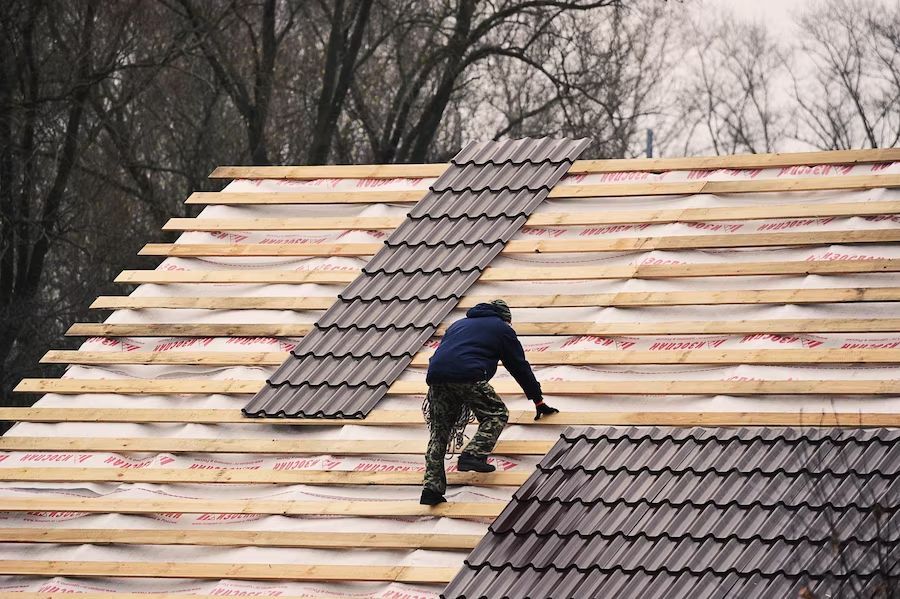
Installing a new roof is a significant investment for any homeowner or property owner. It's a decision that requires careful consideration of various factors, one of the most crucial being the choice of roofing material.
With a multitude of options available in the market, ranging from traditional asphalt shingles to eco-friendly options like metal or solar panels, it can be overwhelming to determine which is the best fit for your needs. Beyond aesthetics, durability, and cost, another critical aspect to compare is the installation process. Each roofing material comes with its unique set of installation requirements, complexities, and considerations.
Understanding these differences can help you make an informed decision and ensure a smooth installation process with minimal surprises along the way. In this blog post, we'll delve into comparing the installation processes of different roofing materials, highlighting key factors to consider before embarking on your roofing project.
Overview of Roofing Material Options
When it comes to roofing materials, homeowners have a plethora of options to choose from, each with its unique characteristics, benefits, and drawbacks. Traditional choices like asphalt shingles offer affordability and ease of installation, making them a popular option for many. Alternatively, metal roofing provides durability and energy efficiency, albeit at a higher initial cost.
Tile roofing exudes elegance and longevity but requires careful handling due to its fragile nature. Wood shakes impart a rustic charm but demand specialized installation techniques to ensure longevity. Slate roofing offers unparalleled beauty and longevity but poses challenges during installation due to its weight and fragility.
Synthetic roofing materials, including composite shingles and rubber roofing, provide versatility and durability with minimal maintenance requirements. Finally, eco-friendly options like solar panels and green roofs offer sustainability benefits but may require a more significant upfront investment.
Pre-Installation Considerations for All Roofing Materials
Before embarking on any roofing project, several pre-installation considerations apply universally regardless of the chosen material. Firstly, conducting a thorough inspection of the existing roof structure is essential to identify any underlying issues that may need addressing before installation.
Additionally, obtaining necessary permits and ensuring compliance with local building codes is imperative to avoid potential legal complications down the line. Adequate ventilation and insulation measures should also be evaluated to optimize energy efficiency and prevent moisture buildup.
Moreover, assessing environmental factors such as climate and exposure to elements can help determine the most suitable roofing material for the specific location. Finally, budgetary constraints and long-term maintenance requirements should be carefully weighed to make an informed decision that aligns with both practical and aesthetic preferences.
Asphalt Shingles: Traditional Installation Techniques
Asphalt shingles remain a staple in the roofing industry for their affordability and ease of installation. The process typically begins with the installation of a protective underlayment followed by the placement of shingle starter strips along the eaves. The shingles are then installed in overlapping rows, secured with nails or adhesive, depending on the specific manufacturer's instructions.
Flashing is installed around roof penetrations and in valleys to prevent water intrusion, and ridge caps are added to seal the peak of the roof. While asphalt shingles offer a straightforward installation process, proper attention to detail is crucial to ensure a watertight and durable roof system.
Metal Roofing: Understanding Panel Placement and Fastening
Metal roofing systems offer exceptional durability and longevity, making them a popular choice for both residential and commercial properties. Installation begins with the placement of metal panels or shingles, which are secured to the roof deck using screws or clips. Proper panel alignment and fastening are essential to prevent water infiltration and ensure structural integrity.
Additionally, attention must be paid to thermal expansion and contraction to prevent buckling or warping over time. Flashing is installed at vulnerable areas such as roof edges, valleys, and penetrations to provide added protection against leaks. Proper installation techniques are crucial to maximize the lifespan and performance of a metal roofing system.
Tile Roofing: Techniques for Handling Fragile Materials
Tile roofing offers a unique blend of elegance and durability, but its installation requires specialized techniques for handling its inherently fragile materials. Here's a brief overview of the key techniques involved:
- Preparation of Roof Deck: Before laying tiles, proper preparation of the roof deck is essential. This includes ensuring it is structurally sound and free from any defects that could compromise the integrity of the roofing system.
- Placement of Underlayment: To provide a protective barrier against moisture, an underlayment is installed on the roof deck before laying the tiles. This underlayment helps to prevent water infiltration and prolong the lifespan of the roof.
- Individual Tile Placement: Each tile is meticulously placed and secured using nails or hooks, with overlapping rows ensuring proper water shedding. Special attention is paid to ensure uniformity and alignment throughout the installation process.
- Specialized Tools and Techniques: Given the fragile nature of tile materials, specialized tools and techniques may be required for cutting and shaping tiles to fit around roof penetrations and edges. Proper training and experience are essential for installers to avoid breakage and ensure a seamless installation.
- Attention to Detail: Throughout the installation process, attention to detail is paramount. Proper alignment, secure fastening, and thorough inspections are essential to ensure the longevity and performance of the tile roofing system.
In conclusion, while tile roofing offers unmatched beauty and longevity, handling its fragile materials requires specialized techniques and attention to detail. By following proper procedures and utilizing the right tools, installers can ensure a seamless and durable tile roof installation that enhances the aesthetic appeal and value of any property.
Wood Shakes: Specialized Installation Methods
Wood shakes, valued for their natural charm, demand specialized installation techniques for durability. It starts with breathable underlayment to deter moisture and rot.
Secured individually with nails or staples, overlapping rows shield against water. Adequate ventilation prevents mold, especially in humid areas. Regular maintenance, such as inspections and shake replacement, is vital to extend the roof's life and avoid expensive repairs.
Slate Roofing: Challenges and Solutions during Installation
Slate roofing is known for its beauty and durability, but installing it presents unique challenges. The process starts with preparing a structurally sound roof deck to support the slate tiles. Each tile is individually secured using copper nails or hooks, ensuring proper water shedding with overlapping rows.
Flashing is installed in vulnerable areas to prevent water infiltration. Specialized tools may be needed to cut and shape tiles around roof penetrations. Proper installation is vital to ensure the longevity and performance of a slate roof and to prevent expensive repairs.
Synthetic Roofing Materials: Advantages and Installation Tips
Synthetic roofing materials, such as composite shingles, rubber roofing, and plastic polymers, provide a durable and versatile alternative to traditional options. Installation typically involves interlocking panels or shingles secured with nails or adhesive to the roof deck.
These materials are lightweight and easy to handle, simplifying the installation process compared to natural materials. Additionally, synthetic roofing boasts superior resistance to moisture, UV exposure, and impact damage, reducing the need for frequent maintenance. Proper installation is crucial for maximizing the benefits of synthetic roofing, ensuring a long-lasting and weather-resistant roof system.
Eco-Friendly Options: Solar Panels and Green Roof Installation
In today's environmentally conscious world, eco-friendly roofing options like solar panels and green roofs offer sustainable solutions for homeowners. Solar panels harness sunlight to generate renewable energy, while green roofs provide insulation and improve air quality. These options offer numerous advantages:
- Renewable Energy Generation: Solar panels harness sunlight to generate clean, renewable energy, reducing carbon emissions and dependency on fossil fuels.
- Energy Cost Savings: By producing electricity from sunlight, solar panels can significantly lower energy bills over the long term, offering a sustainable and cost-effective alternative to traditional power sources.
- Environmental Benefits: Green roofs mitigate the urban heat island effect, improve air quality by filtering pollutants, and reduce stormwater runoff, thereby contributing to a healthier and more sustainable environment.
- Increased Property Value: Homes with solar panels or green roofs often command higher property values due to their energy efficiency, environmental benefits, and aesthetic appeal.
- Long-Term Sustainability: Both solar panels and green roofs are durable, long-lasting solutions that require minimal maintenance, providing homeowners with sustainable roofing options that offer lasting benefits for years to come.
Transform your home into a sustainable living space with eco-friendly roofing solutions. Contact us today to learn more about solar panels or green roof installation and enhance your home's energy efficiency and environmental impact.
Comparing Labor Costs and Timeframes for Various Roofing Materials
When planning a roofing project, it's vital to factor in labor costs and timeframes alongside material expenses. Asphalt shingles are known for their affordability and quick installation. Metal roofing requires specialized techniques, slightly raising labor costs and installation times.
Tile, wood shake, and slate roofing demand meticulous attention, often requiring skilled craftsmen, thus resulting in higher labor costs and longer project durations. Synthetic roofing materials offer a balance, with moderate labor costs and installation times. Roof complexity, accessibility, and local labor rates also influence costs and timelines, underscoring the importance of obtaining multiple quotes and thorough research before choosing a roofing material.
Choosing the right roofing material is a crucial decision that impacts the longevity, durability, and aesthetic appeal of your home. Whether you opt for traditional asphalt shingles, durable metal roofing, elegant tile roofing, charming wood shakes, timeless slate roofing, or eco-friendly synthetic materials, careful consideration of installation techniques, costs, and maintenance requirements is essential.
At Avalon Roofing Services, we understand the significance of your investment and the importance of protecting your home and family. With over 30 years of experience serving Manteca and accreditation from the Better Business Bureau as an A+ roofing contractor, we are committed to delivering professional and reliable roofing services.
Contact us today at (209) 380-1275 or email us at contact@avalonroofing209.com to schedule a consultation. Let us help you safeguard your home with quality roofing solutions tailored to your needs and preferences. Trust Avalon Roofing Services for all your roofing needs, and rest assured that your home is in good hands. CA. LIC#: 1075996.
